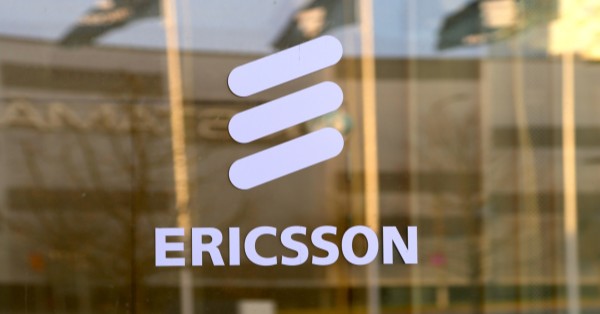US telecommunications operator AT&T has taken significant strides towards enhancing its coverage through satellite connectivity, by establishing a plan to lease spectrum to AST SpaceMobile. This initiative aims to facilitate communication with standard mobile devices.
AT&T has filed with the Federal Communications Commission (FCC) that it has agreed to lease AST SpaceMobile spectrum in the 850MHz and lower 700MHz frequencies, a necessary step to provide additional coverage from space. The company confirms that AST SpaceMobile will only begin using the spectrum after its separate applications are approved. However, the deal grants access to the frequencies 21 days post-filing.
AT&T and AST SpaceMobile have sought relevant waivers to integrate satellite connectivity into AT&T’s mobile access technologies, along with any FCC rules required for AST SpaceMobile’s proposed operations. AT&T’s networking chief, Chris Sambar, mentioned a successful test call conducted over AT&T’s spectrum in collaboration with AST SpaceMobile, labeling it a historical step in the evolution of direct-to-device satellite connectivity.
AT&T has emphasized that their spectrum manager leases with AST SpaceMobile align with the public interest and promote essential FCC policy goals. Collaborating with AST, AT&T aims to provide mobile broadband to unserved and underserved regions covered by the leased spectrum. The partnership ensures efficient spectrum use without harmful interference to adjacent or co-channel networks.
For AST SpaceMobile, this spectrum lease agreement with AT&T is one of several critical steps towards offering commercial services. Beyond regulatory approvals, the company must secure the necessary funding to launch its planned satellite constellation, with hopes to launch five satellites in early 2024.
AT&T advocates that the collaboration with AST SpaceMobile serves the public interest by enabling services meeting 3GPP Release-17 standards on unmodified handsets. Besides enhancing everyday coverage, AT&T highlights potential benefits in disaster zones. The operator also reassures that no harmful interference will arise from AST SpaceMobile’s use of the spectrum.
AT&T’s leasing announcement follows a successful two-way satellite voice call to a standard mobile device, conducted in partnership with Rakuten Group. While AST has trial agreements with several prominent operators, a commercial launch with AT&T would be its most significant achievement to date.




























